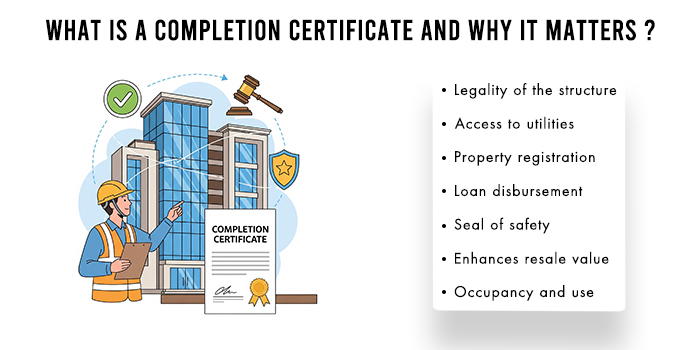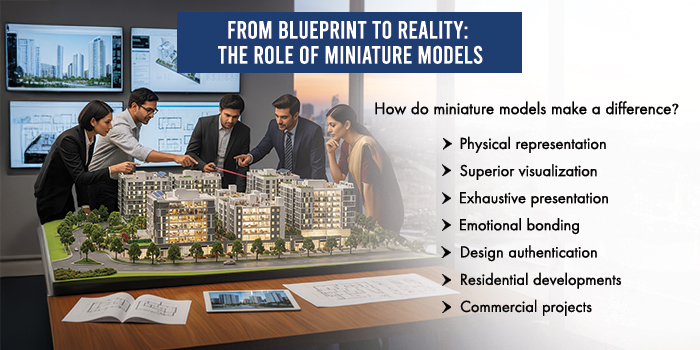EMI, Tenure, Interest rate
While opting for a home loan, it is important for the applicant to fully grasp the terms and conditions of the loan agreement in detail, so that there are no nasty surprises waiting for the borrower. Comprehending lucidly the loan terms like tenure, EMI amount, interest rates and other conditions can help you make an informed decision, while taking a practical approach towards repaying your loan and also saving money.
What is home loan tenure?
Home loan tenure refers to the duration for which the loan is taken, usually denoted in years or months. Opting for a home loan means you have agreed to repay the borrowed amount, together with interest, within the stipulated period. The choice of tenure is a tricky balancing act between monthly affordable outgo and total interest cost.
A home loan tenure usually spans from 5 to 30 years, and occasionally stretches beyond 30 years. The ideal tenure for you hinges on various factors like your monthly income, the interest rate and your age, among others. Younger borrowers are likely to qualify for longer tenures, while older borrowers might have to opt for shorter tenures with higher EMIs.
What are EMIs?
EMI or equated monthly instalment is the fixed amount you must pay the lender (the bank or other financial institution) towards repaying the loan. The EMI includes both the principal and the interest components. EMIs can be easily calculated using EMI calculators available on the websites of your lending bank. It helps you doing your financial planning more efficiently.
What is interest on home loan?
Interest on home loan is the cost the borrower pays the lender for the loan amount availed to buy, construct or renovate a home. It is stated as a percentage of the loan amount and is calculated over the tenure of the loan. This interest will directly impact your EMIs outgo.
Types of interest rates
- Fixed: In this format, the interest rate remains constant throughout the loan tenure. The advantage is that your EMI remains constant and is not affected by market changes. On the flip side, there is a lack of flexibility and the rate is usually higher than floating rates.
- Floating: Here, the interest rate fluctuates according to market shifts, often linked to external benchmarks like the RBI repo rate. This means that the interest rate could drop if the markets fall, while your EMIs could increase if interest rates rise.
Here is how it works:
Say someone avails a home loan of INR 20 lakhs at an interest rate of 7% per annum. For a 10-year tenure, the EMI amount will come to around INR 23,259, with interest paid amounting to approximately INR 7,91,080. So, he pays back INR 27,91,080.
For the same loan amount spread over a 20-year tenure, the EMI would be around INR 15,506 and total interest paid over 20 years, approximately INR 17,21,440. So, he has to repay a sum of INR 37,21,440.
Factors that could affect your home loan interest rates:
- Credit score: If you have a higher credit score, you might secure a lower interest rate.
- Loan amount: Larger loan amounts could imply different interest rates as opposed to smaller ones.
- Loan tenure: Shorter tenures usually have higher EMIs but lower cumulative interest payments, while longer tenures offer lower EMIs, but you pay a higher overall interest amount.
- Employment profile: Stable income and employment history have a positive impact on interest rate offerings.
- Type of property: Location, size and purpose of the property can also impact interest rates. A prime location can attract better rates.





